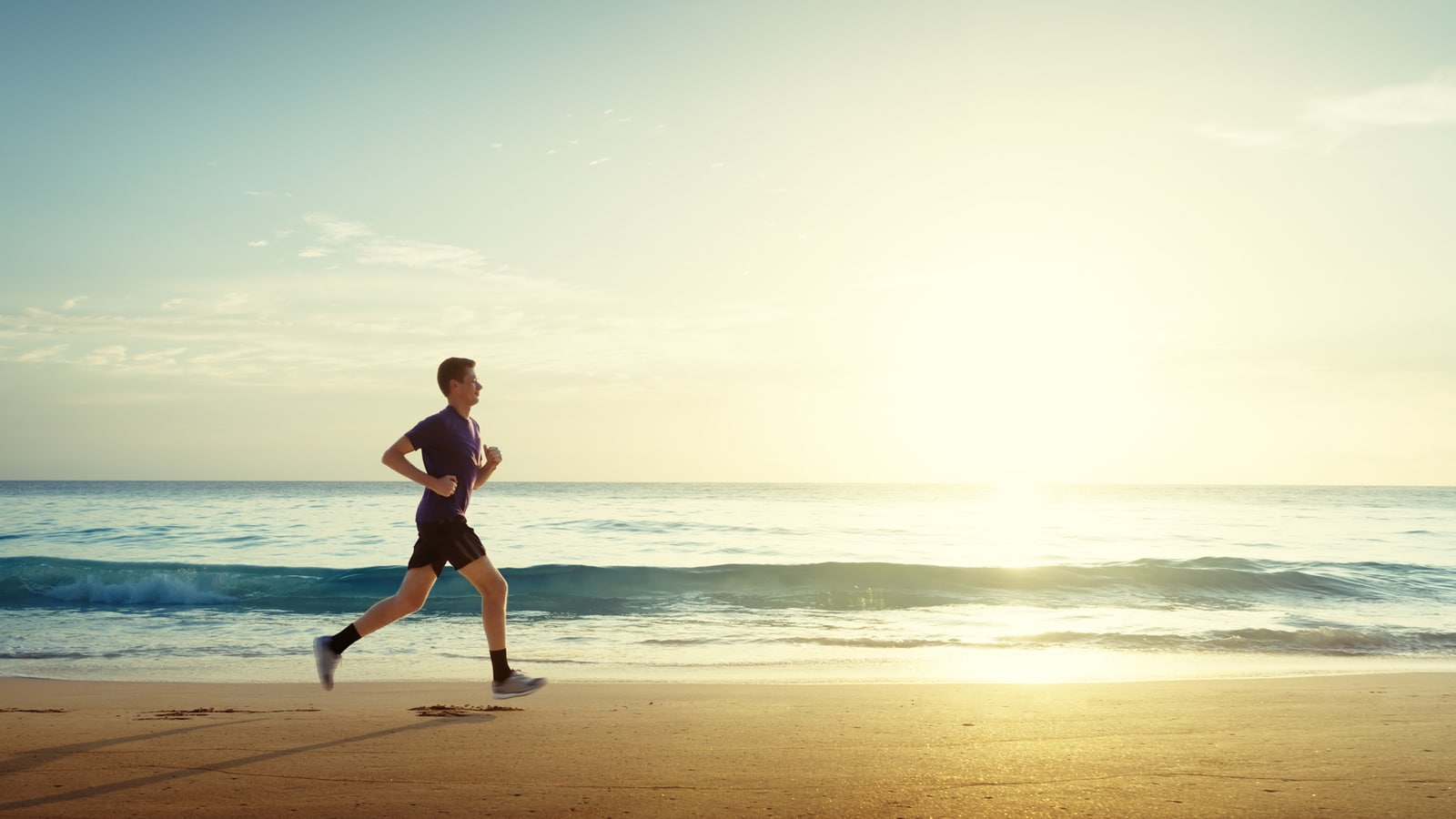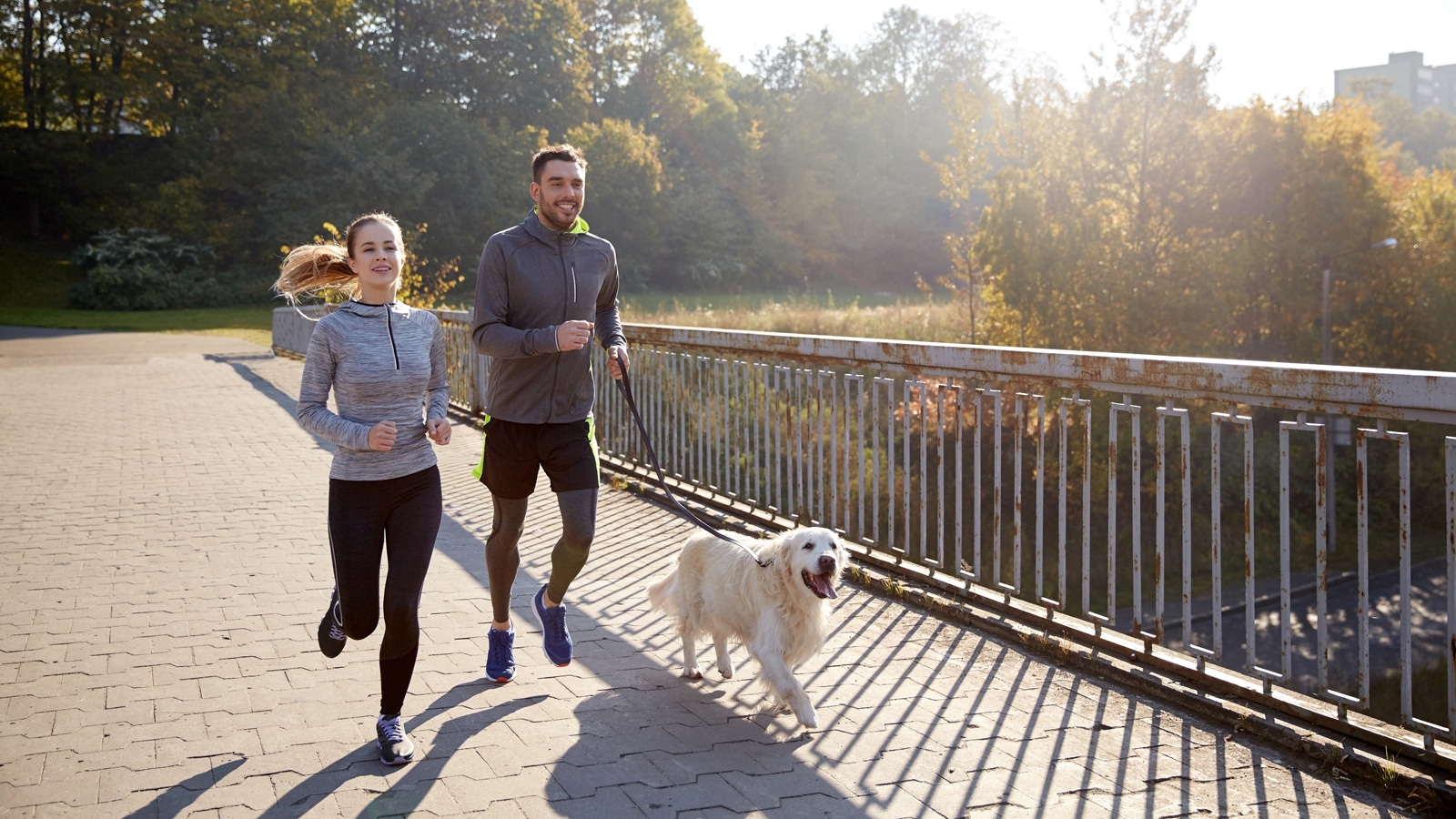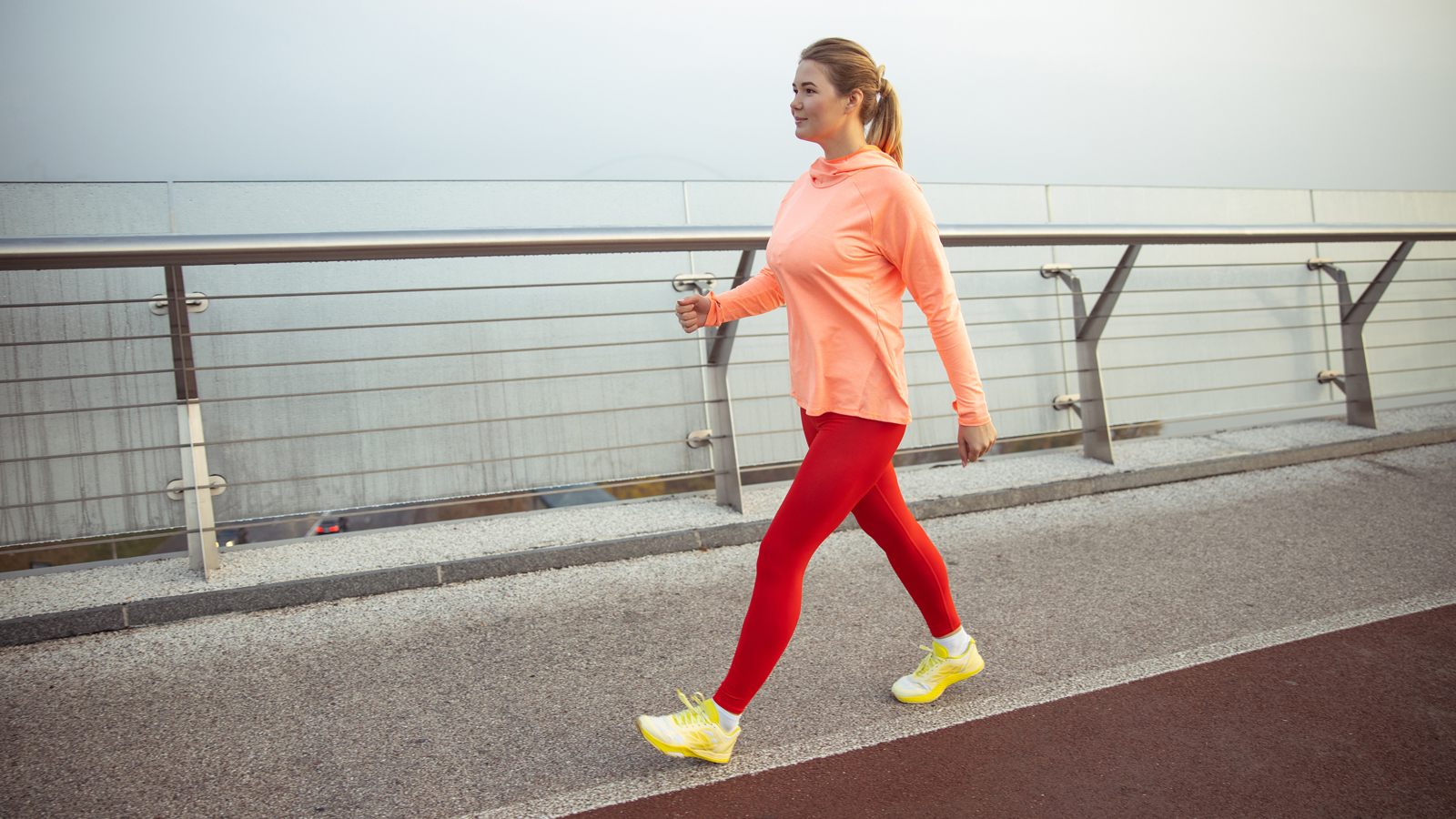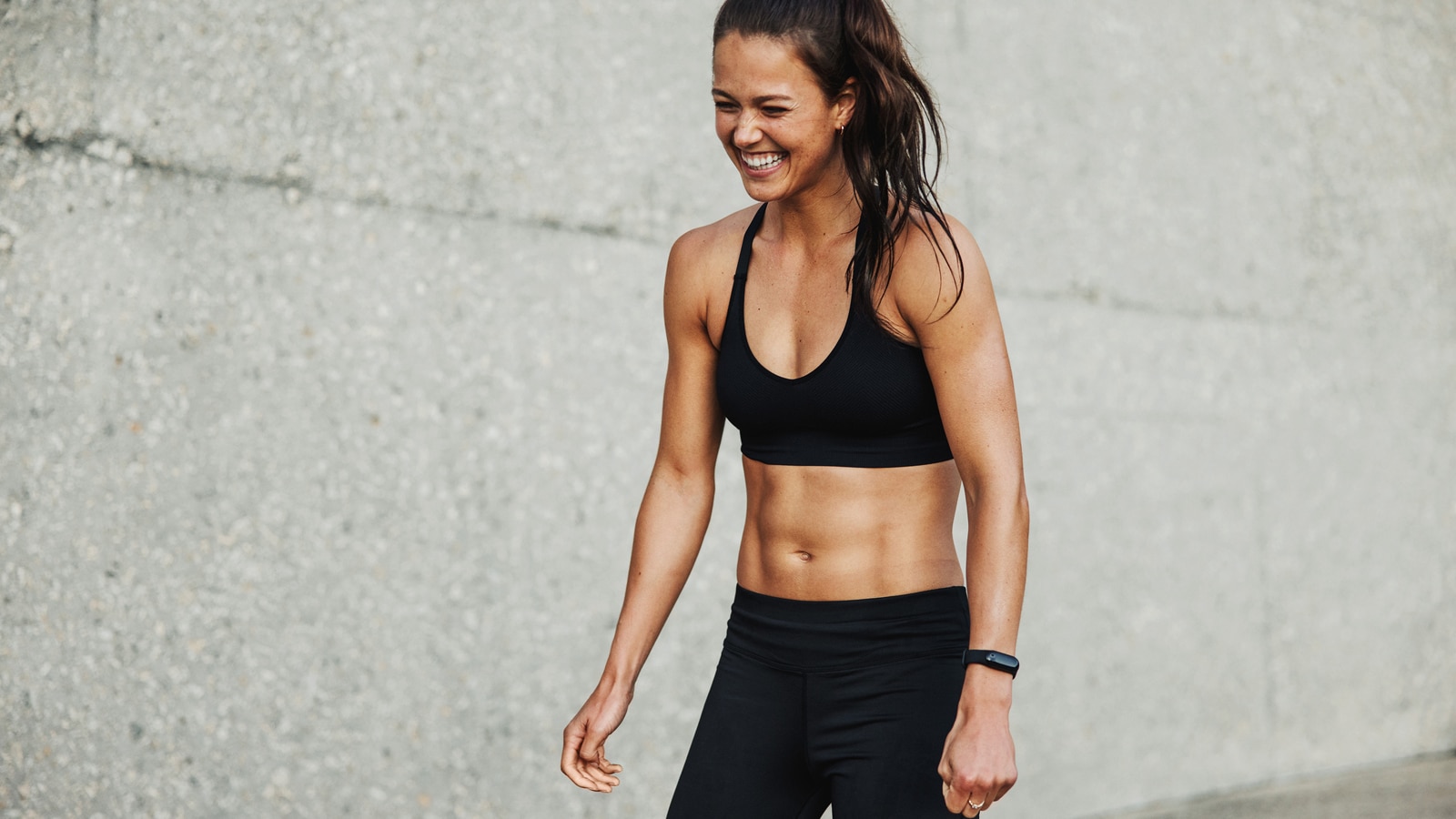How Many Calories Does Running Burn?
Running is one of the most popular forms of exercise and for good reason. It’s a great way to get your heart rate up, build endurance, and burn calories. But how many calories does running burn?
The average person will burn around 100 calories per mile. If you run further, you’ll burn more calories – so running 3 miles will burn approximately 300 calories.
In reality, the answer depends on many factors such as your body weight, speed, distance run, running terrain, and incline. Read on to get a more accurate estimate.
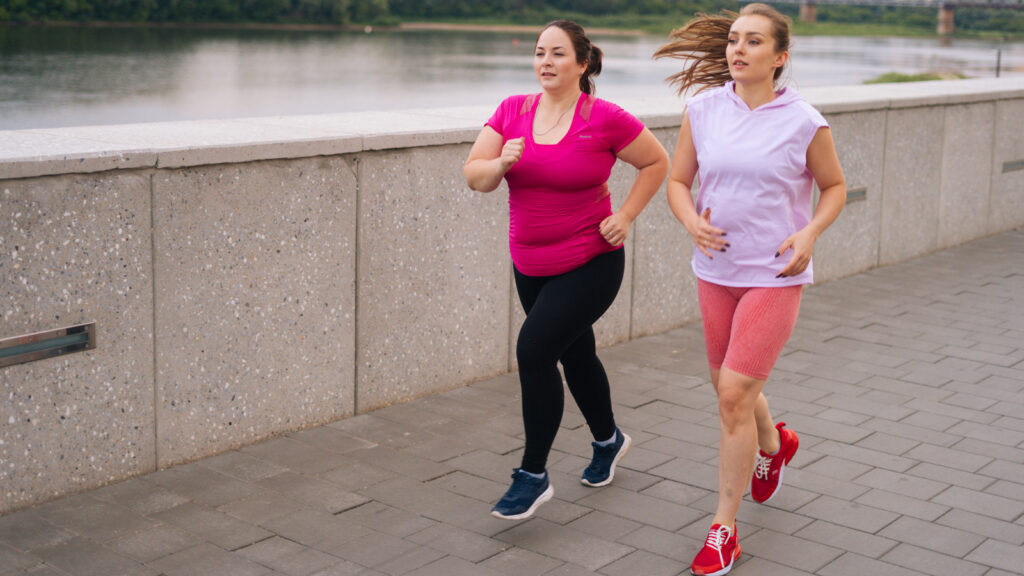
How Many Calories Do You Burn Running A Mile?
To get a better estimate of how many calories burned running a mile you can use our chart. Just select your running speed, and find your body weight.
| Min/mile | 120 lbs | 140 lbs | 160 lbs | 180 lbs | 200 lbs | 220 lbs |
| 15 | 86 | 100 | 114 | 129 | 143 | 157 |
| 12 | 95 | 111 | 126 | 142 | 158 | 174 |
| 11 | 94 | 110 | 126 | 141 | 157 | 173 |
| 10 | 93 | 109 | 124 | 140 | 156 | 171 |
| 9 | 90 | 105 | 120 | 135 | 150 | 165 |
| 8 | 86 | 100 | 115 | 129 | 144 | 158 |
| 7 | 82 | 96 | 109 | 123 | 137 | 150 |
| 6 | 83 | 97 | 110 | 124 | 138 | 152 |
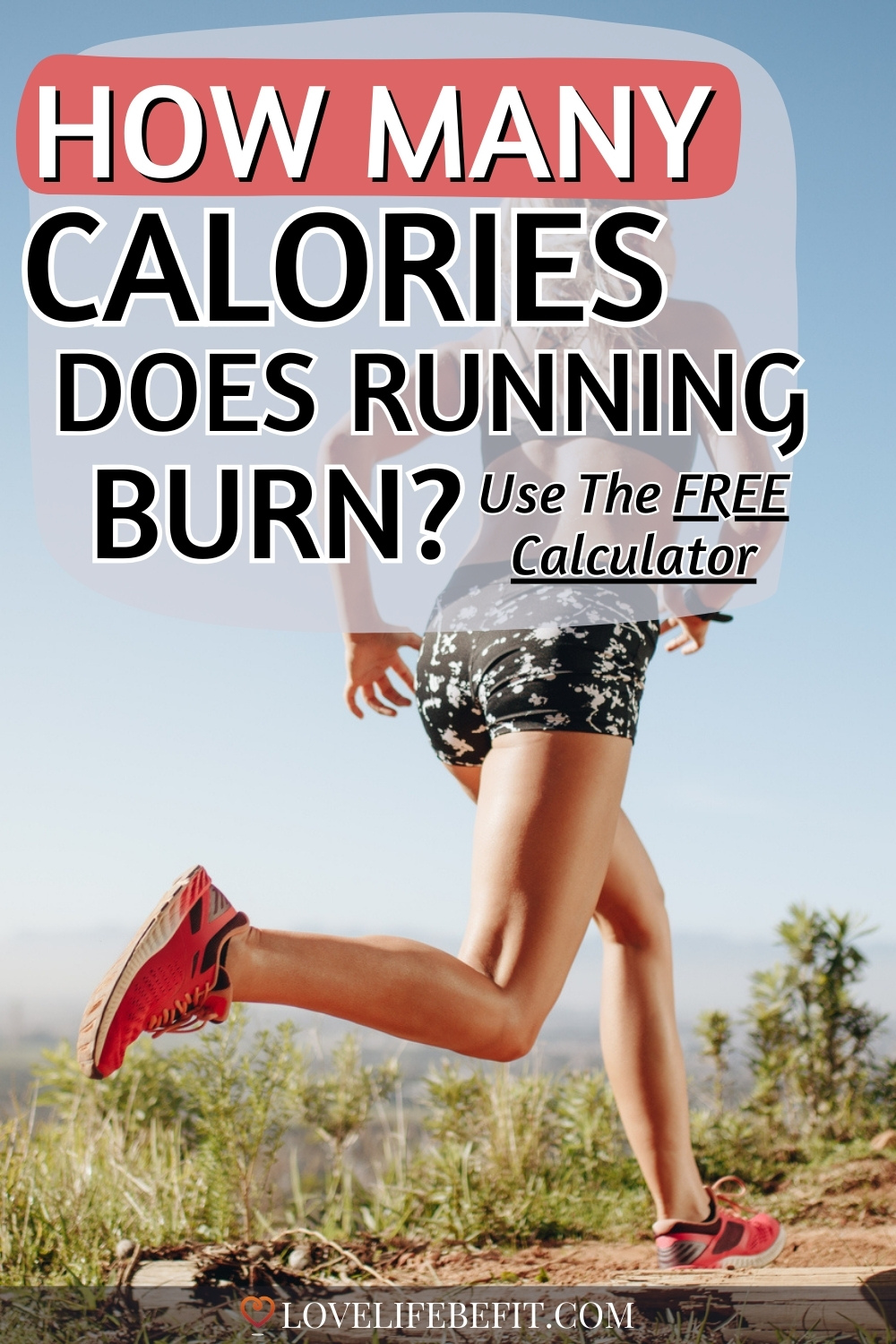
What Affects Calories Burned Running?
Knowing how many calories are burned when running isn’t just important for weight loss. Runners expect a lot from their bodies and if you’re training hard it’s important to refuel properly between sessions. Replace the calories burned if you aim to maintain your weight.
The number of calories burned is affected by several factors, including:
- Your body weight and body composition
- Fitness level and running efficiency
- Gender
- Age
- Speed
- Distance run
- Incline
- Running terrain
- Weather conditions.
These all play a role in influencing how many calories you burn when running. So let’s take a look at each one.
Body Weight And Body Composition
The more you weigh, the more calories you’ll burn when running a given distance. This is because your body needs to work harder to move a heavier load over that same distance.
For example, using the running calories calculator, a 150-pound person running at a pace of 11 min/mile for 30 minutes will burn 321 calories. A 180-pound person running at the same pace for the same duration will burn 386 calories.
The calculator doesn’t take into account body composition. In theory, more muscular bodies will burn more calories per mile. Why? Because muscle mass is more metabolically active than body fat.
In practice, this is unlikely because stronger runners tend to be fitter and have better running efficiency.
Fitness Level and Running Efficiency
The fitter you are, the more efficiently your body uses oxygen to fuel your running. This is known as running efficiency. The better your running efficiency, the less energy you’ll need to run at a given speed over a given distance.
In practice, this means you’ll burn fewer calories running the same distance at the same speed compared with someone less fit.
It also means that as you get fitter you need to run harder to burn the same amount of calories.
Otherwise, if you always go for the same run at the same speed, the energy expenditure will decrease as your body adapts to the exercise. This is a big reason why some runners fail to lose weight.
As you get fitter, find ways to keep challenging your body. Try running faster or further.
Calculators and fitness apps use body weight instead of fitness to estimate calories burned. Unless you’re able to visit a lab and get your VO2 Max measured, it’s the best way of estimating your calorie burn.
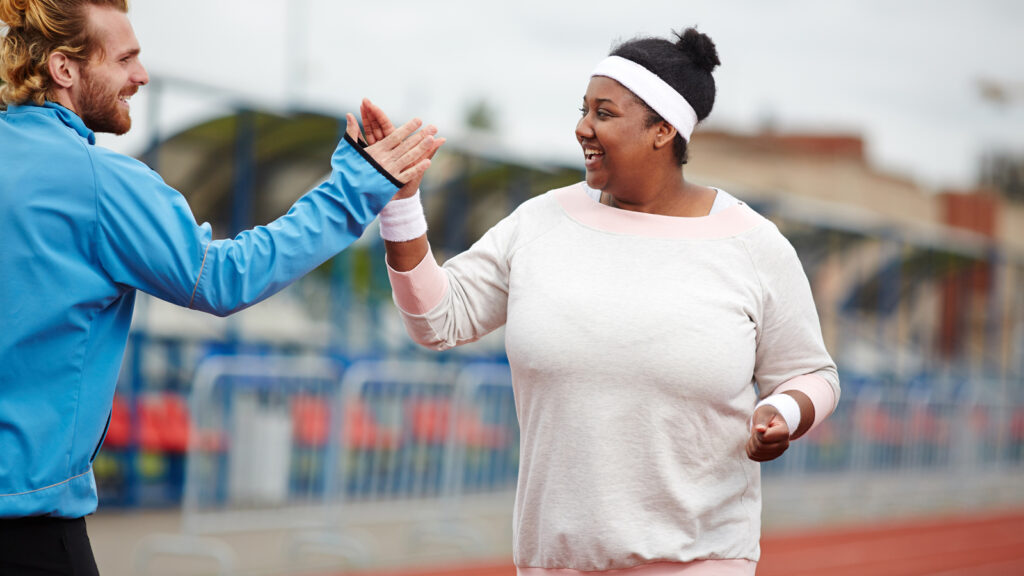
Gender
A person’s biological sex probably makes a difference in calories burned when running but there’s very little relevant research available. Men tend to be heavier and also have greater muscle mass which accounts in part for the greater calorie burn.
However, this research paper by Wu and O’Sullivan suggests that although women tend to burn a higher fat-to-glucose fuel mixture during exercise, they are also more efficient at conserving energy and storing fat at non-exercise times.
The net result – women lose less fat than men when faced with a similar energy deficit.
Age
Your age will affect how many calories running burns but again it’s difficult to quantify. Muscle mass declines as you age, reducing your metabolic rate and therefore the number of calories you burn.
Running efficiency also tends to improve with age as seasoned runners build up running form and fitness. It’s a reason life-long runners may find themselves gaining weight as they get older.
Speed
The faster you run, the more calories burned when running. For example, a 160-pound person with a running pace of 12 minutes per mile burns 316 calories during a 30-minute run. Increase the pace to 9 minutes per mile and the calories burned shoot up to 400.
Distance and run duration are factors. If the same person only ran one mile, they would burn 126 calories at the 12 min/mile pace and 120 calories at the 9 min/mile pace.
If you’re running harder but for a shorter amount of time, the calories you burn may well be less than if you run for longer at an easier pace.
Distance Run
Run further and you’ll burn more calories. The quickest way to increase your calorie burn is to increase the distance you run.
NOTE: It’s important to build up to running longer distances gradually. Too fast and there’s a high risk of injury – a guaranteed way to derail your fitness plans.
Related post: Running 5 Miles A Day. Is It A Good Idea?
Incline
Run uphill and you’ll feel your legs and lungs working hard. It will come as no surprise that uphill running can burn significantly more calories.
Based on this article, it’s suggested that calories burned running increase by 5% for every 1% of incline.
It’s easy enough to accurately set the incline if you’re running on a treadmill but outdoors you’ll be making a rough guess. Plus don’t forget that on the way back down you’ll have the advantage of gravity and unless you’re on technical terrain, you’ll be burning fewer calories.
Running Terrain
Hit the trails or run along the beach and the extra resistance will increase your calorie burn. Your muscles will also be working harder to stabilize your body on uneven trails.
Weather Conditions
There’s a reason wind speed is measured at athletics events – running into a headwind is much harder than running with the wind behind you. The weather – rain, sleet, snow, and wind, can have a significant impact on how hard you work and the number of calories burned.
Related post: Average Mile Time By Age Group And Sex + How To Run Faster
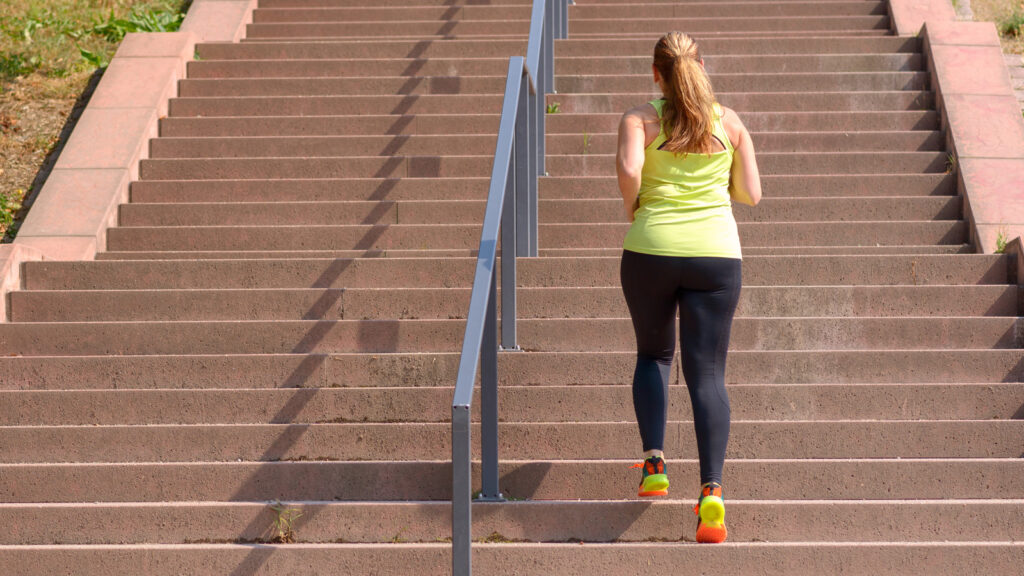
How To Measure Calorie Burn
There are different ways to measure your calorie burn when running. Most tools use the same metabolic equivalent (MET value) calculations but unless they’re calibrated correctly they can give very different values for calorific expenditure.
Phone Apps
If you have a smartphone there’s a wide choice of apps to measure calories. Strava and MapMyRun are popular examples.
You will of course have to carry your phone while running but there are many options to do this easily without carrying it in your hand.
Fitness Trackers
A fitness tracker like Fitbit or GPS devices such as Suunto or Garmin can estimate how many calories are burned.
The advantage is you don’t need to take your phone with you on your runs although carrying a phone when running is a good idea for emergencies.
Which Exercise Is Best For Burning Calories?
Running is one of the best ways to burn calories. Using the example of the 150-pound person running at a pace of 11 min/mile for 30 minutes and burning 321 calories, this can be compared with other activities.
In 30 minutes, the same person will burn:
- 286 calories on a moderate cycle ride
- 268 calories rock climbing
- 214 calories paddleboarding
- 250 calories roller skating
- 143 calories in a power yoga session.
Related post: How Many Calories Do You Burn Walking Per Mile?
Thoughts From Love Life Be Fit
How many calories does running burn mainly depends on your body weight, running speed, and distance run. It’s important to remember how many calories you burn running will decrease as you get fitter and your running becomes more efficient.
Make sure you continue to challenge your body by making your running workouts more challenging – running intervals, running uphills, or increasing the distance of your runs to avoid weight loss plateaus. Find out more about running for weight loss with this guide for getting results.


